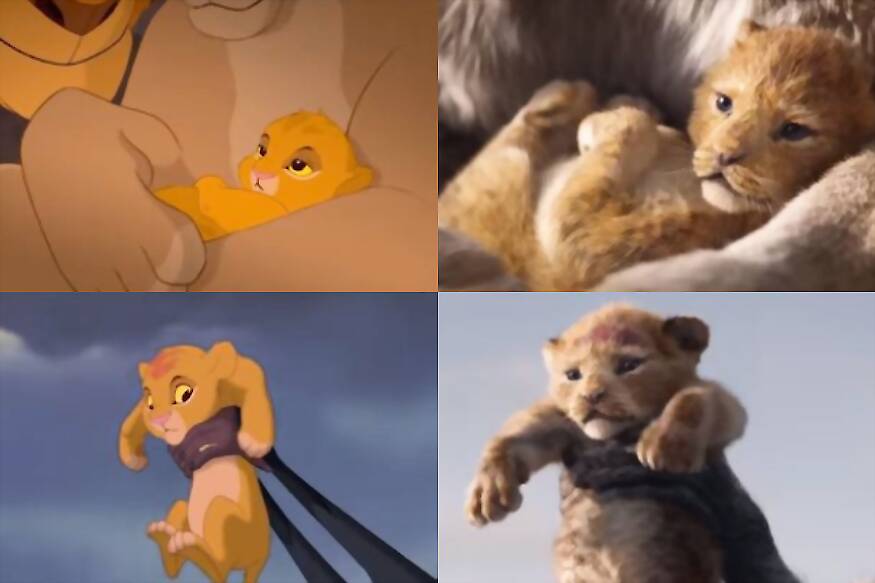
views
A princess, a beast and a palace. A cave, a lamp and a flying carpet. A shoe, a ball and a stepmother.
These bits and bobs are from classic Disney films like Beauty and the Beast, Aladdin and Cinderella. These have been repackaged several times and served in a fresh wrap over generations.
And that's one thing which Walt Disney Pictures, the live-action production subsidiary of Walt Disney Studios has cashed in from the time when Alice in Wonderland's live-action adaptation was released in 2010. Tim Burton's experimental film displayed how repackaging can do wonders at the box office. The studio invested 200 million dollars to make the film, and in return, the film was a gigantic success at the box office churning out a mammoth 1.025 billion dollars worldwide.

Right there, Disney formulated its money mining formula and started using this technique to revive its classic animated shows.
For the unversed, live-action is a form of cinematography that uses photography in place of animation. To put it in the easiest, non-geeky terms, live-action combined with animation is used to create a live-action animated film.
Since 2010, there have been as many as nine live-action Disney movies that were remakes or spin-offs of its animated classics. Apart from being long-standing tales, these adaptations had one more thing in common, big box office success. In fact, Johnny Depp's Alice In Wonderland and Emma Watson-starrer Beauty and the Beast (2017) grossed over a billion dollars each at the box office. Jon Favreau's The Jungle Book and Guy Ritchie’s Aladdin weren't far behind. These films raked in 966.6 million and 961 million dollars, respectively.
If you ask why Disney is taking that extra pain to produce these live actions films, the answer is very simple. Because the profit is humongous. While Sleeping Beauty animated version was made with a budget of 6 million dollars, the film's box office collection stood at 51.6 million dollars. Its spin-off Maleficent (2014) had a budget of 180 million dollars and it earned 758 million dollars worldwide.
The best example of the profitability of these films comes with Disney's Christopher Robin (2018), which earned 197 million dollars. It was made at a budget of 75 million dollars, much less than its competitors (the budget of Beauty and the Beast and Alice in Wonderland were 160 million and 200 million dollars respectively).
Talking about the strategy, Sean Bailey, president of production at Walt Disney Studios, in an earlier interview to Vulture, said, "We thought if Iron Man and Thor and Captain America are Marvel superheroes, then maybe Alice, Cinderella, Mowgli, and Belle are our superheroes and Cruella and Maleficent are our super-villains."
"Maybe if there’s a way to reconnect with that affinity for what those characters mean to people in a way that gets the best talent and uses the best technology, that could become something really exciting. It feels very Disney, playing to the competitive advantages of this label," he added.
Disney's latest release, The Lion King, which opened in theaters on July 19 is again a commercial success. Jon Favreau's film has raked in 731 million dollars worldwide in six days.

Disney doesn't seem to stop anytime soon, and to be honest, why should they! Since 2010, with nine live-action adaptations, Disney has grossed over 6 billion dollars combined worldwide. It has as many as 12 more live adaptations in the pipeline like Maleficent: Mistress of Evil, Mulan and The Little Mermaid. With them, it would aspire to control the entire animation universe!
Follow @News18Movies for more


















Comments
0 comment